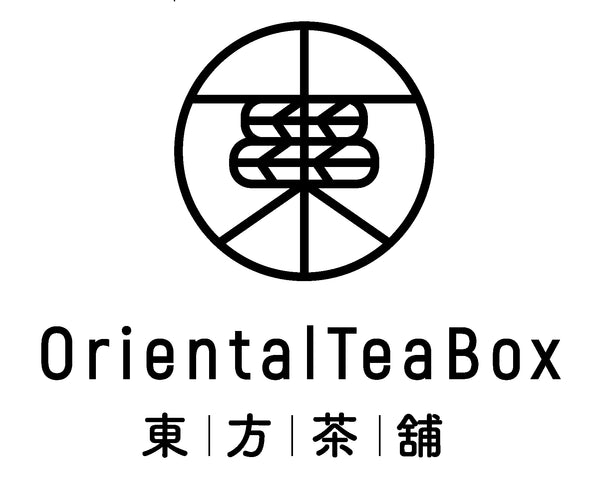Raku ware holds a revered place in the world of ceramics, offering a fascinating combination of artistic expression, centuries-old craftsmanship, and deep philosophical roots. This unique style of Japanese pottery has captivated tea enthusiasts and collectors for over 400 years. In this article, we’ll explore the intricate craftsmanship behind Raku ware, delve into its cultural significance, and uncover why it remains an enduring symbol of Japanese tea culture.

The Origins of Raku Ware: A Legacy of Collaboration and Innovation
Raku ware emerged in Japan during the late 16th century, a time when cultural and artistic practices were flourishing. The story of Raku ware begins with the partnership between Sen no Rikyū (千利休), the tea master who revolutionized the tea ceremony (茶道), and Chōjirō (長次郎), a skilled potter. Together, they sought to create tea bowls that reflected the philosophy of wabi-sabi (侘寂), an aesthetic embracing simplicity, natural imperfections, and quiet elegance (Richard, 2018).
Chōjirō’s hand-molded tea bowls broke away from the traditional wheel-thrown pottery, offering a form that was unique, organic, and deeply personal. This innovation marked the beginning of the Raku family tradition, a lineage of potters who continued to craft these special tea bowls for generations (Raku Museum, 2023).

Handcrafted Elegance: The Unique Process Behind Every Raku Tea Bowl
What truly sets Raku ware apart from other ceramics is its handcrafted nature. Unlike the smooth, symmetrical shapes produced on a potter’s wheel, Raku ware is hand-molded allowing the artisan’s hands to shape the clay directly. This method creates one-of-a-kind pieces, each imbued with the maker’s personal touch (Branfman, 2009).

The artistry doesn’t stop with the molding. Raku ware undergoes a unique firing process in small, low-temperature kilns. This slower firing method helps develop the signature Raku glazes, which range from rich metallic hues to soft matte finishes. However, the real magic happens during the cooling phase: the red-hot pottery is removed from the kiln and placed into combustible materials like straw or sawdust, creating dramatic patterns of crackles and smoky designs. This unpredictability adds to the appeal of Raku ware, as no two pieces ever look exactly the same (Branfman, 2009).

Wabi-Sabi in Action: The Deeper Philosophy Behind Raku Ware
Raku ware is more than just pottery; it reflects Japan’s profound philosophical traditions, particularly wabi-sabi and Zen Buddhism (禅). The concept of wabi-sabi celebrates the beauty of imperfection, transience, and simplicity. These qualities are perfectly encapsulated in the form and finish of each Raku tea bowl (Branfman, 2009).
For centuries, Raku ware has been closely tied to the tea ceremony, an art form that emphasizes mindfulness and appreciation of fleeting beauty. The tea bowl (茶碗) is at the heart of this ritual, and the imperfect, earthy qualities of Raku ware resonate deeply with the spiritual elements of the tea ceremony. Every crack, glaze drip, and irregularity in a Raku bowl tells a story, inviting tea drinkers to reflect on the passage of time and the natural world.

The Masters of Raku Ware: The Raku Family
The legacy of Raku ware has been shaped by generations of master potters, starting with Chōjirō (長次郎). His simple yet elegant tea bowls set the standard for Raku ware, and his influence can still be seen in modern pieces.
One of the most notable artisans in the Raku family lineage is Raku Kichizaemon V Sōnyū (楽吉左衛門五代 宗入), known for his striking black Raku tea bowls (黒楽茶碗). His works are highly valued for their matte black glaze and understated elegance, evoking a sense of quiet contemplation that pairs perfectly with the tea ceremony (Pitelka, 2005).
Today, the 15th-generation master, Raku Kichizaemon XV Jikinyū (楽吉左衛門十五代 直入), continues the family tradition while also pushing the boundaries of Raku craftsmanship. Kichizaemon XV honors the legacy of his forebears while experimenting with new forms and glaze techniques, ensuring that Raku ware remains a dynamic and evolving art form (Raku Museum, 2023).

Conclusion: Embrace the Tradition and Philosophy of Raku Ware
Raku ware is a timeless blend of artistry, philosophy, and tradition. Its origins in 16th-century Japan, handcrafted techniques, and connection to the tea ceremony make it a cherished symbol of Japanese culture. Each Raku tea bowl, with its imperfections and unique beauty, serves as a reminder of the value found in simplicity, impermanence, and the quiet moments of life.
Whether you’re looking to enhance your tea ritual or add a touch of Japanese tradition to your home, Raku ware offers a profound connection to centuries-old craftsmanship and the enduring spirit of wabi-sabi.
References
- Branfman, S. (2009). Mastering Raku: Making Ware-Glazes-Building Kilns-Firing. Lark Books.
- Branfman, S. (2001). Raku: A Practical Approach. Chilton Book Company.
- Branfman, S. (2009). The Potters Professional Handbook. The American Ceramic Society.
- Pitelka, M. (2005). Defining Raku Ceramics: Translations, Elisions, Evolutions. Ars Orientalis.
- Richard, S. (2018). The History of Japanese Raku Ware. Cabana Magazine.
- Raku Museum. (2023). Collection and Exhibition Catalog.

